Potty Training Made Easy: A Comprehensive Guide to Successfully Toilet Training Your Toddler

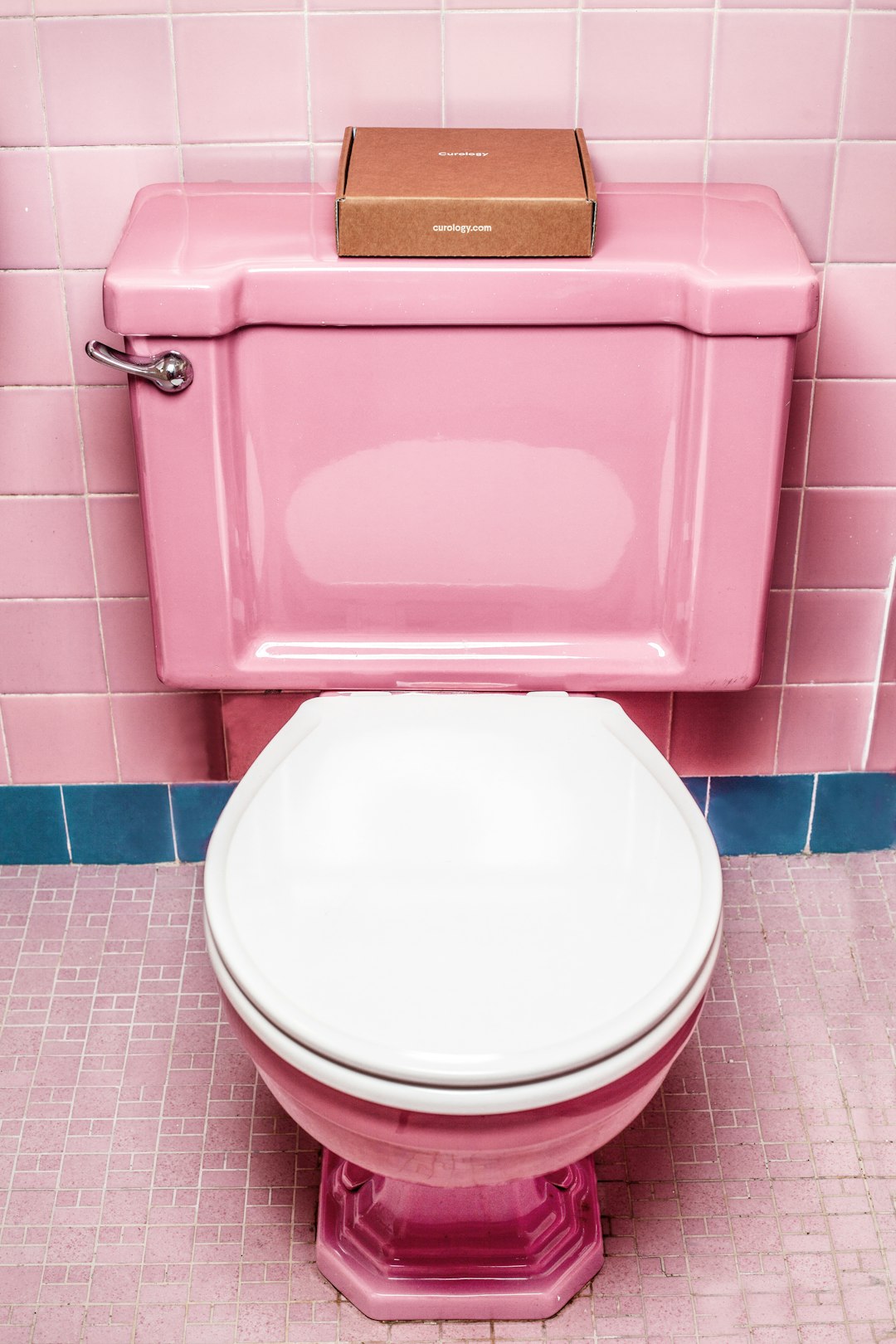
Potty Training Made Easy: A Comprehensive Guide to Successfully Toilet Training Your Toddler
Potty training can be a daunting prospect for parents of toddlers. It can be a lengthy and often frustrating process. However, with the right approach, it doesn’t have to be a difficult task. This comprehensive guide will provide you with all the information and advice you need to successfully toilet train your toddler. You’ll learn how to create a potty training routine, how to encourage your toddler to use the toilet, and how to deal with any setbacks or accidents that occur. With the right guidance and a positive attitude, you’ll be able to ensure your little one is successfully toilet trained in no time. So, what are you waiting for? Let’s get started
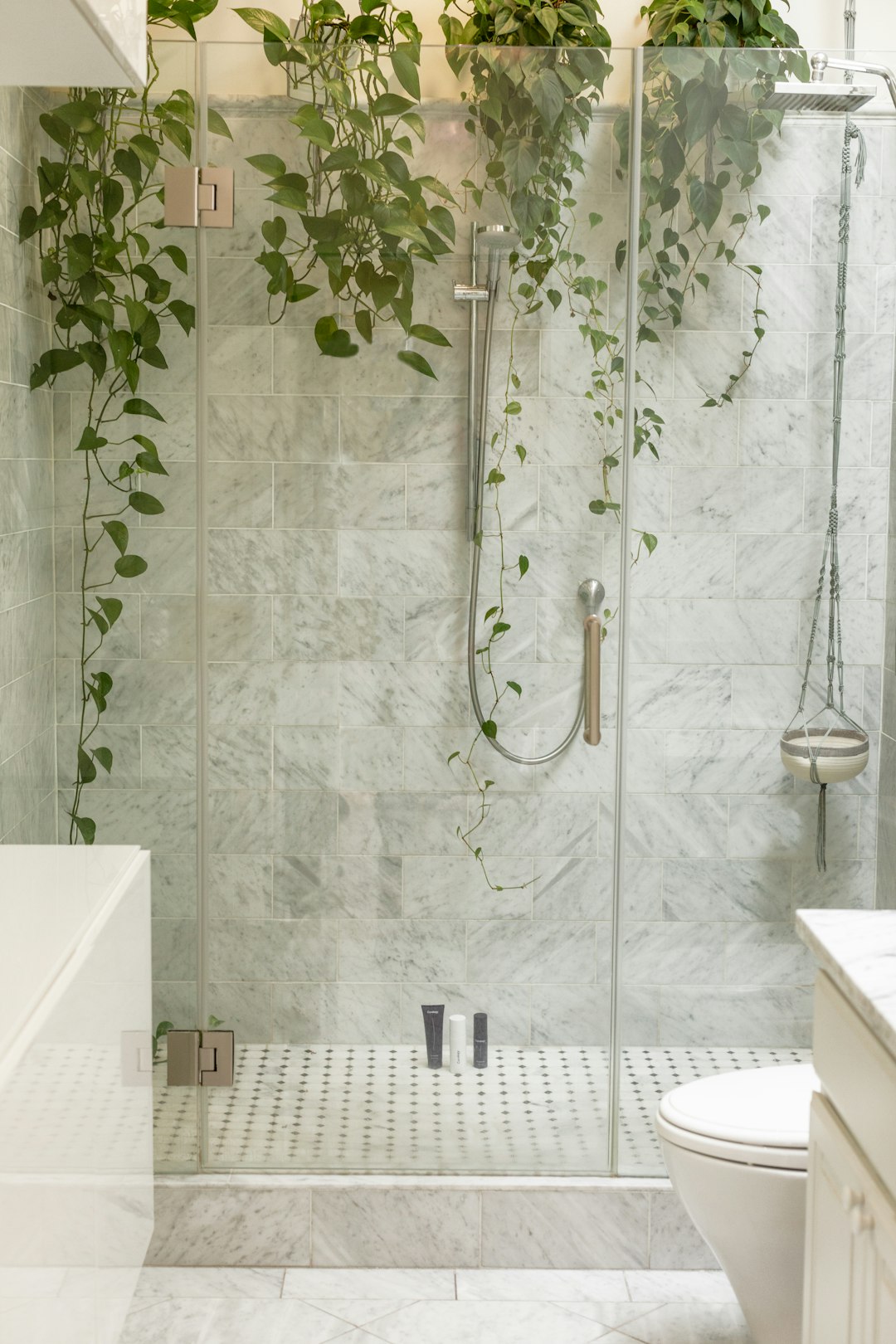
# What is Potty Training?
Potty training, also known as toilet training or toilet learning, is the process of teaching a child how to use the bathroom independently. It is an important milestone for children and can help them gain more independence and control over their own bodies. While every child is different, most children are ready to begin potty training between ages two and three.
To start potty training, parents will need to purchase a potty or toilet seat. Many parents opt for a potty seat that attaches to the toilet, as this allows children to feel as though they are sitting on an adult-sized toilet. A potty seat can also be moved around the house, making it easier for toddlers to access. In addition, it’s important to have plenty of extra clothing and diapers on hand in case of accidents
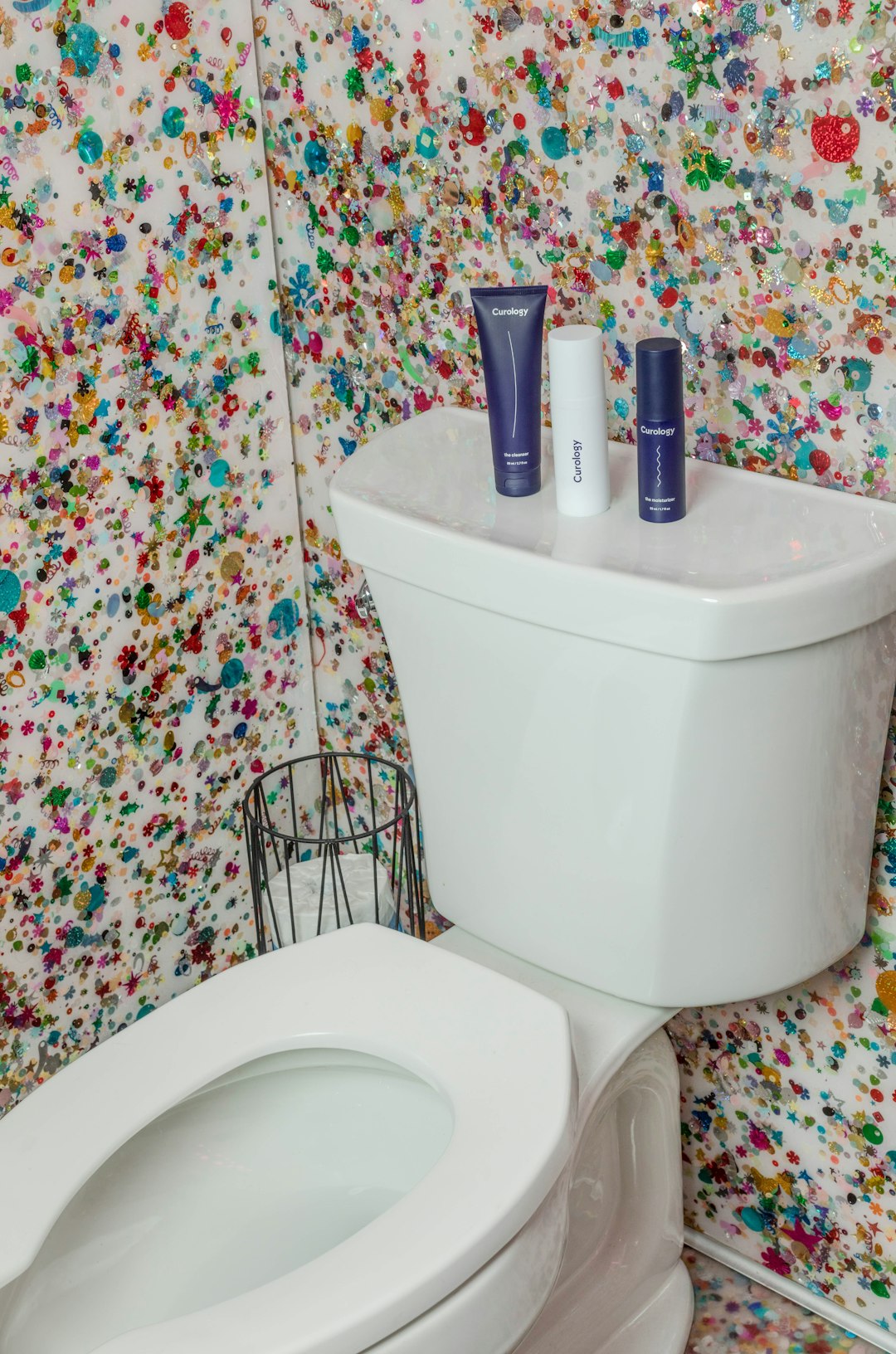
# Signs That Your Toddler Is Ready for Potty Training
Before beginning the potty training process, it’s important to make sure your toddler is ready. There are several signs that suggest your child is developmentally ready for potty training, such as:
- Demonstrating an interest in the toilet or potty seat
- Understanding and following simple instructions
- Remaining dry for two to three hours at a time
- Showing an awareness of when they need to use the toilet
- Showing an understanding of the words associated with going to the bathroom
If your toddler is exhibiting these signs, they may be ready to begin potty training

# Creating a Potty Training Routine
Creating a potty training routine is essential for helping children adjust to the process. Routines provide structure and consistency, which can be helpful for toddlers who are learning something new. To create a potty training routine, start by setting regular times for your toddler to use the bathroom. Setting a timer can be a helpful reminder for your little one.
In addition to setting regular times for using the bathroom, it’s also helpful to create a routine for how your toddler should use the toilet. This may include steps such as: taking off their pants, sitting on the toilet, and wiping themselves. It’s important to keep the routine simple and consistent, as this will help your child learn the process quickly.
Once your child is comfortable with the routine, you can start introducing rewards for successful bathroom trips. Rewards can be anything from stickers or bubbles to small toys. This will help your toddler stay motivated and excited about using the toilet

# Tips for Encouraging Your Toddler to Use the Toilet
When it comes to potty training, it’s important to be patient and encouraging. It’s also important to be consistent and follow through with the potty training routine you have established. Here are some tips for encouraging your toddler to use the toilet:
-
Let your child lead the process. While it’s important to provide guidance, it’s best to let your child take the lead.
-
Talk positively about using the toilet. Avoid using terms like “accident” and focus on the positive aspects of using the toilet.
-
Make it fun. Read stories about potty training, sing songs, or play games that involve using the potty.
-
Be encouraging. Celebrate successes, no matter how small, and don’t get angry if there are any setbacks.
-
Offer rewards. Rewards can be anything from stickers or bubbles to small toys.
By following these tips, you can help make potty training a positive experience for your toddler
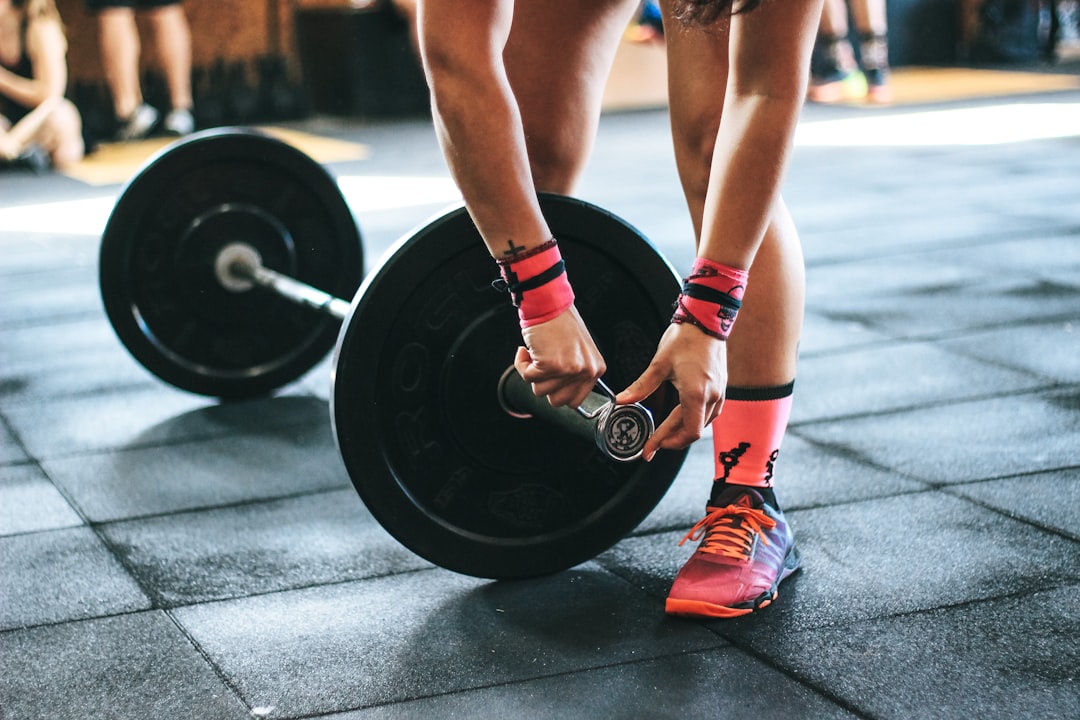
# How to Deal with Setbacks and Accidents
Accidents and setbacks are inevitable when potty training. It’s important to remain patient and understanding and to not become frustrated. Here are some tips for dealing with setbacks and accidents:
-
Stay positive and encouraging. Let your child know that it’s ok to have accidents and that you are there to help them.
-
Clean up any accidents quickly and calmly. Don’t make a big deal out of it and avoid using terms like “accident”.
-
Reassure your child. Let your child know that everyone makes mistakes and that it’s ok.
-
Take a break. If your child is becoming overwhelmed, take a break from potty training for a few days.
-
Don’t give up. Even if there are setbacks, don’t give up on the potty training process.
By remaining positive and patient, you can help your toddler get back on track with potty training

# Potty Training Rewards and Games
Rewards and games can be a great way to keep your toddler motivated and excited about potty training. Rewards can be anything from stickers or bubbles to small toys. Rewards should be given after successful bathroom trips to encourage your child to keep trying.
Games can also be helpful in keeping your toddler engaged in the potty training process. Games like “potty race”, where you and your child race to the bathroom, can be fun and entertaining. Or you can make a game out of putting on and taking off pants and underwear. Make sure to keep the games fun and positive
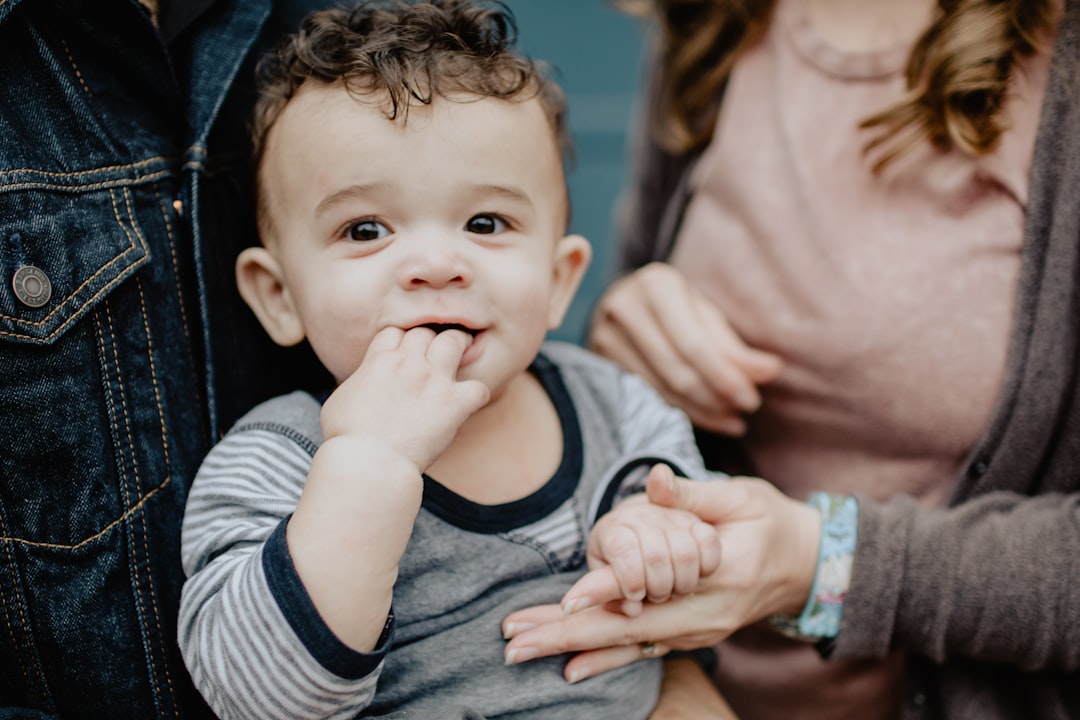
# Potty Training Tips for Boys and Girls
It’s important to be aware of the differences between potty training boys and girls. Boys may find it easier to stand up and urinate, while girls may find it easier to sit down. It’s also important to remember that girls may take longer to toilet train than boys.
For boys, it’s important to make sure they are sitting comfortably on the toilet before they urinate. It’s also helpful to provide targets, such as a plastic cup or lid, to help them aim. For girls, it’s important to make sure they are wiping from front to back. It’s also helpful to provide a step stool so they can comfortably reach the toilet
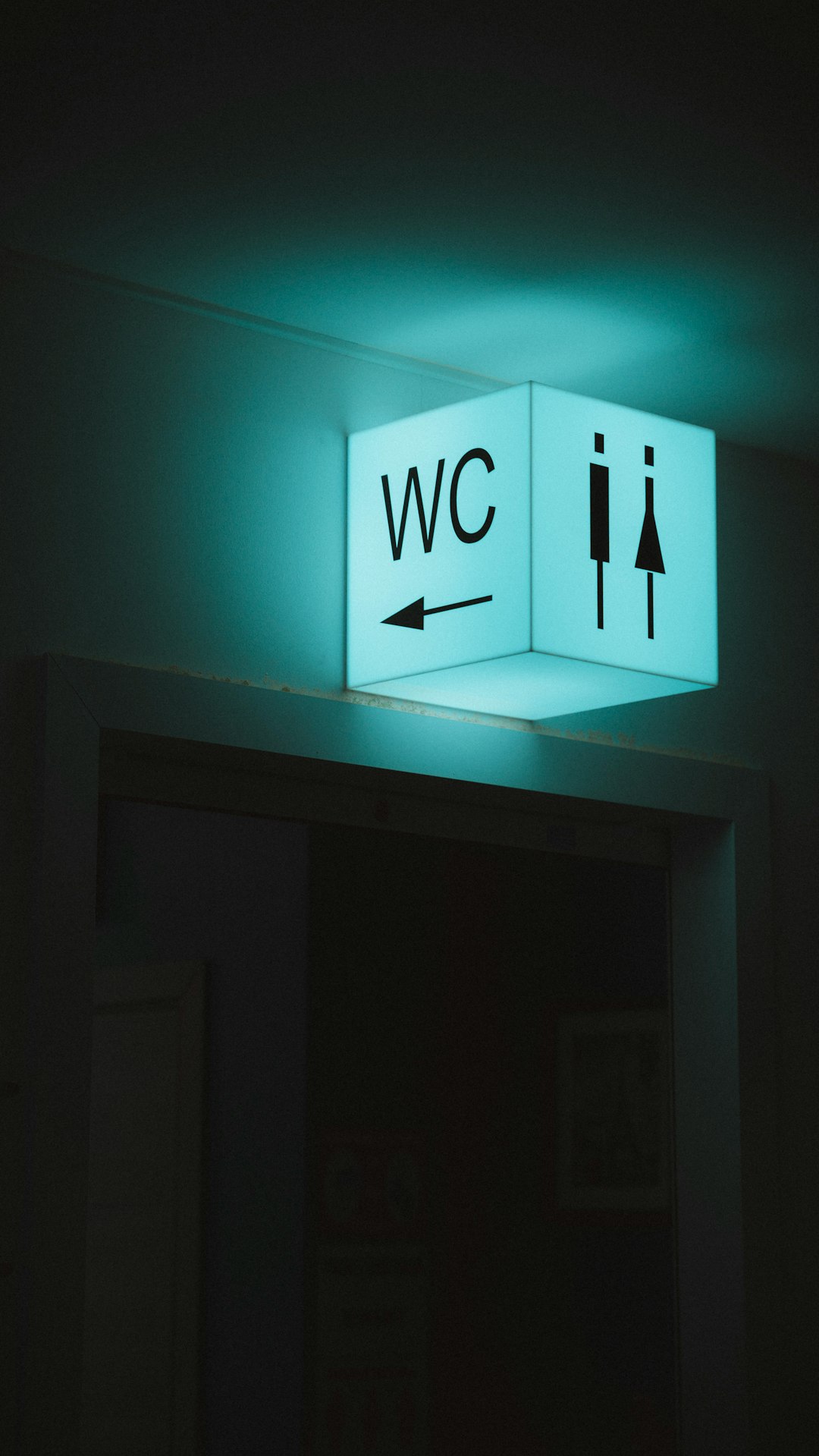
# How to Transition from Diapers to Underwear
When your child is ready to transition from diapers to underwear, it’s important to be patient and understanding. The transition can take several weeks and may involve some setbacks. Here are some tips for transitioning from diapers to underwear:
-
Start by introducing underwear for short periods of time. This will help your child become familiar with wearing underwear and help them understand that underwear should be used for bathroom trips.
-
Make sure your child knows how to take off their pants and underwear. This will help them become more independent and take more control of the potty training process.
-
Let your child pick out their own underwear. This will help them feel more comfortable with the transition and make it more enjoyable.
-
Provide plenty of reminders. Remind your child to use the bathroom throughout the day and celebrate successes.
-
Be patient. The transition may take several weeks and may involve some setbacks.
By being patient and understanding, you can help make the transition from diapers to underwear a positive experience for your toddler